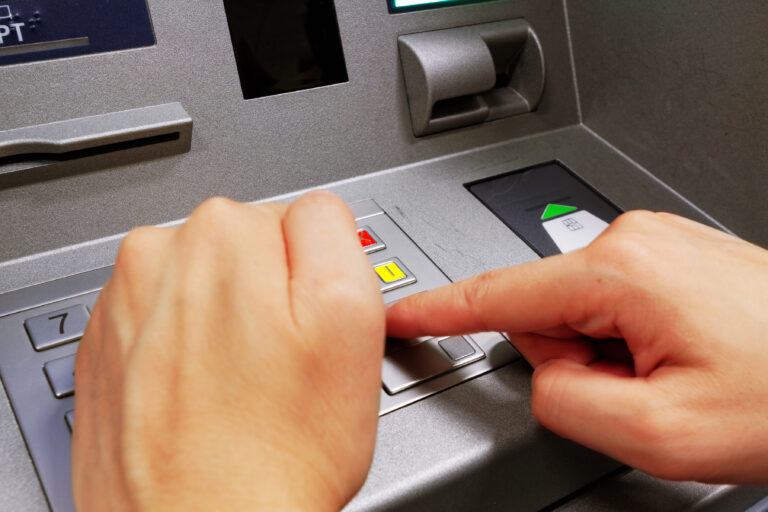ATMs are an indispensable component of our modern society. Without them, we would have banks with increased infrastructure and labor costs just to keep up with the number of customers at the counter. According to Research and Markets, the size of the global. ATM Market was valued at USD 20.9 Billion in 2021 and is anticipated to reach $28.98 billion in value by 2028.
But with this ease of access comes security risks. Risks that criminals are all too happy to exploit. These are some security tips that will aid you when placing an ATM.
What Are Some of The Security Risks?
Before taking a look at the tips, we have first to take a look at the possible security risks an ATM might encounter. Knowing these risks helps you plan for what solutions to implement. These risks are physical and logical attacks. Physical refers to how prone it is to vandalizing, and logical refers to how prone the ATM is to software attacks and social engineering.
These are some of the ways that these types of attacks have been implemented;
- Using Fake fronts to capture cash, card, or pin.
- Using Pinhole cameras to record a user’s pin.
- Using a counterfeit PIN pad to capture the pin while the transaction is ongoing.
- Using a system called the Lebanese loop to ensure that customers keep on inputting their pin until a device reads the card completely.
Here are six tips you need to consider when placing an ATM in a location.
Six Security Tips for Placing an ATM
1. Consider the Location
Before placing any ATM, you need to first consider the location. By looking at stats, you can determine if the location is a high-crime area. You also need to know if the area is known for ATM crimes and if where it is placed can be easily accessed by automobiles.
2. Bolt Down the ATM
This requires you to physically bolt down the machine to make it harder to be carried away. It acts as a deterrent that makes criminal forces think twice about scurrying away with the machine and the cash in it. Choose an ATM with prebuilt holes and fix it into the ground with a hammer or a drill.
3. Regular Software Updates
Not updating your software regularly leaves a lot of vulnerabilities that can be exploited by logical attacks. This is one of OWASP’s Top ten which is a guiding regulation for Web application security. Hackers and unfriendly entities then investigate loopholes in your software, but if you regularly update your software, you don’t give them enough time to exploit it.
4. Restrict Access
This simply requires reducing the time in which the ATM is accessible. It can also refer to using all sorts of methods to protect critical electronic components from malicious entities. You also restrict access by only allowing a select few people who are trustworthy and have been thoroughly vetted through different security checks. You can also change the key regularly or include a safe word for informing security personnel that they are being held hostage.
5. Place in a Well-Lit Area with Security Cameras
Despite taking the above precautions, you should not forget to place your ATM in a well-lit area and use surrounding security systems to reduce blind spots. You might also need to consult certified security experts to advise you on your vulnerabilities.
6. Insurance
It is necessary to ensure your ATM. Although this will not stop the attack, it can help reduce your financial losses. ATM insurance can be relatively inexpensive, but you should be careful when choosing a plan. Always opt in for policies that cover both your machine and cash.
Conclusion
It’s not easy to implement all these tips, and that is why you need expert ATM installers to detect all the risks and apply the installation required to cover those risks. If you need anyone to install your ATM, our team at New York ATM are expert ATM installers with the latest technology. Give us a call today or fill out our online contact form!

